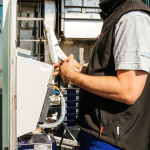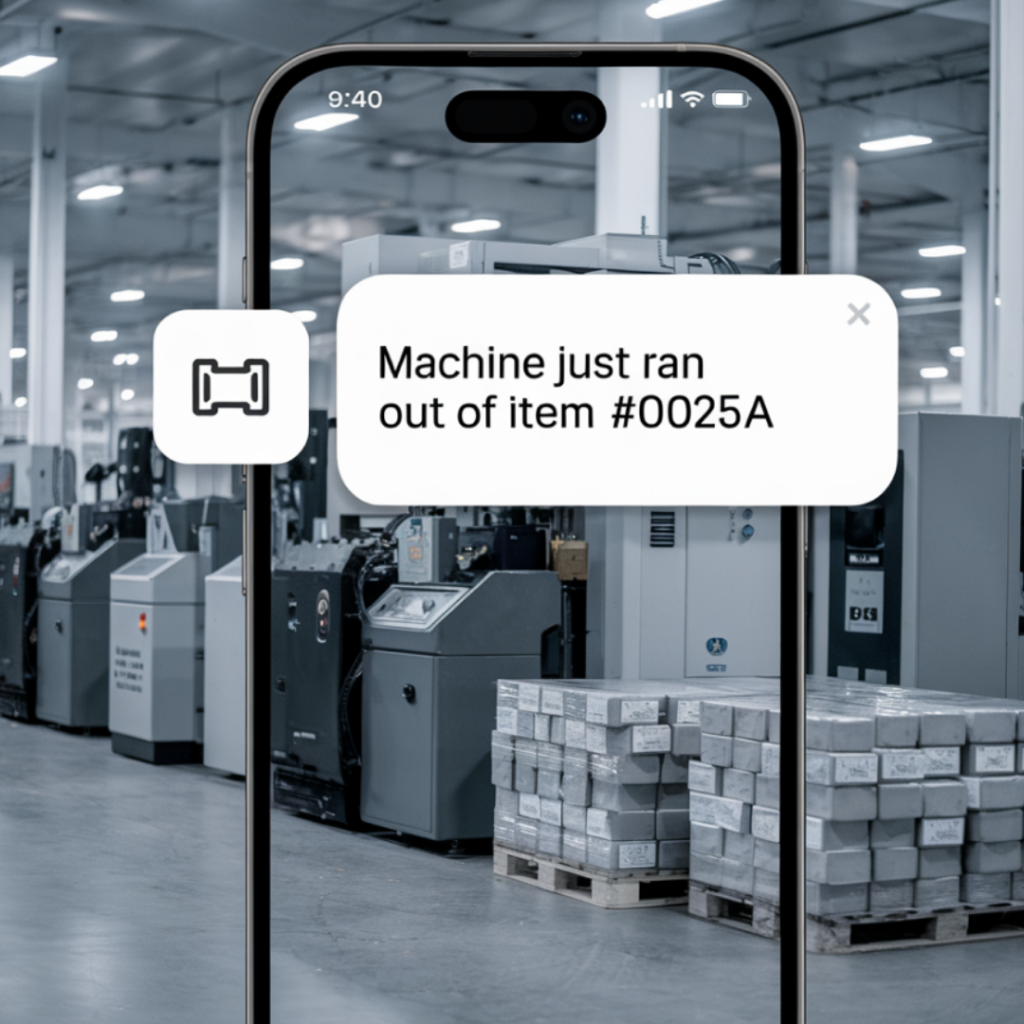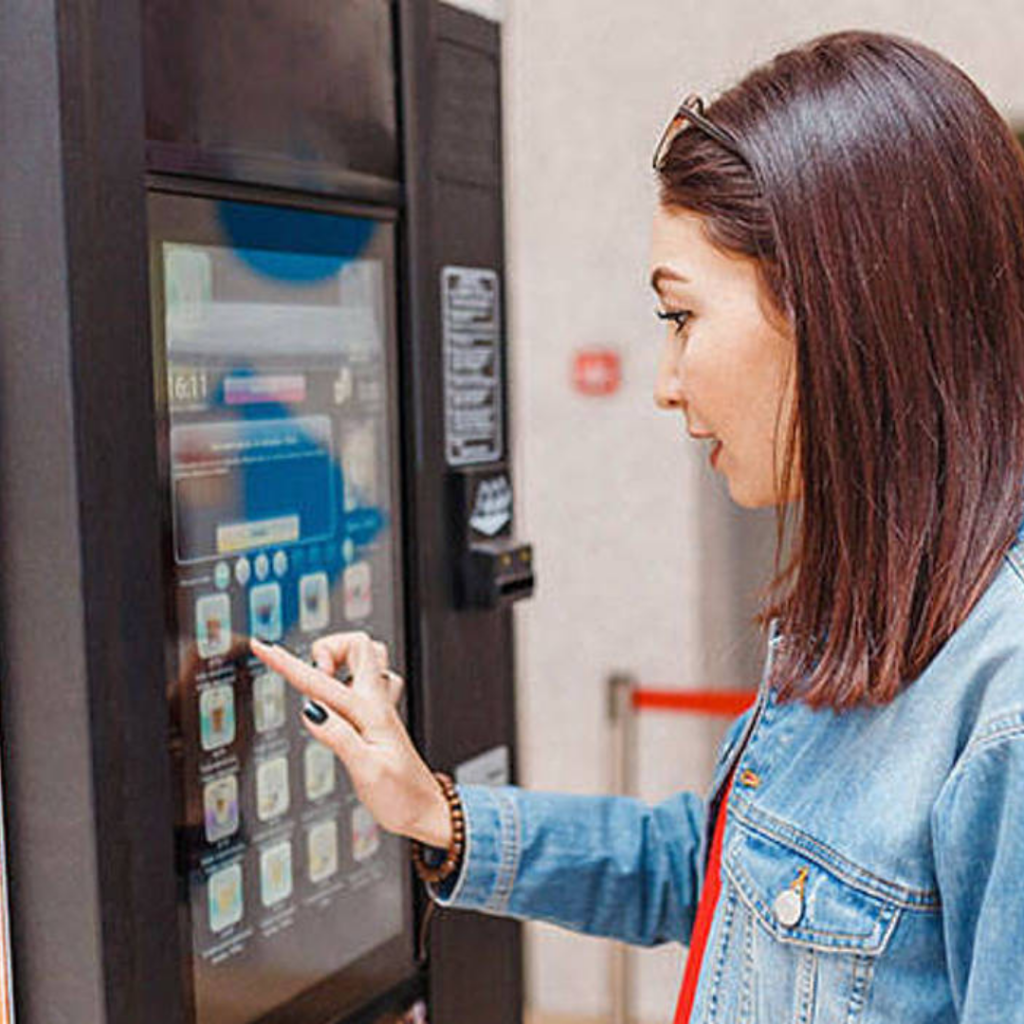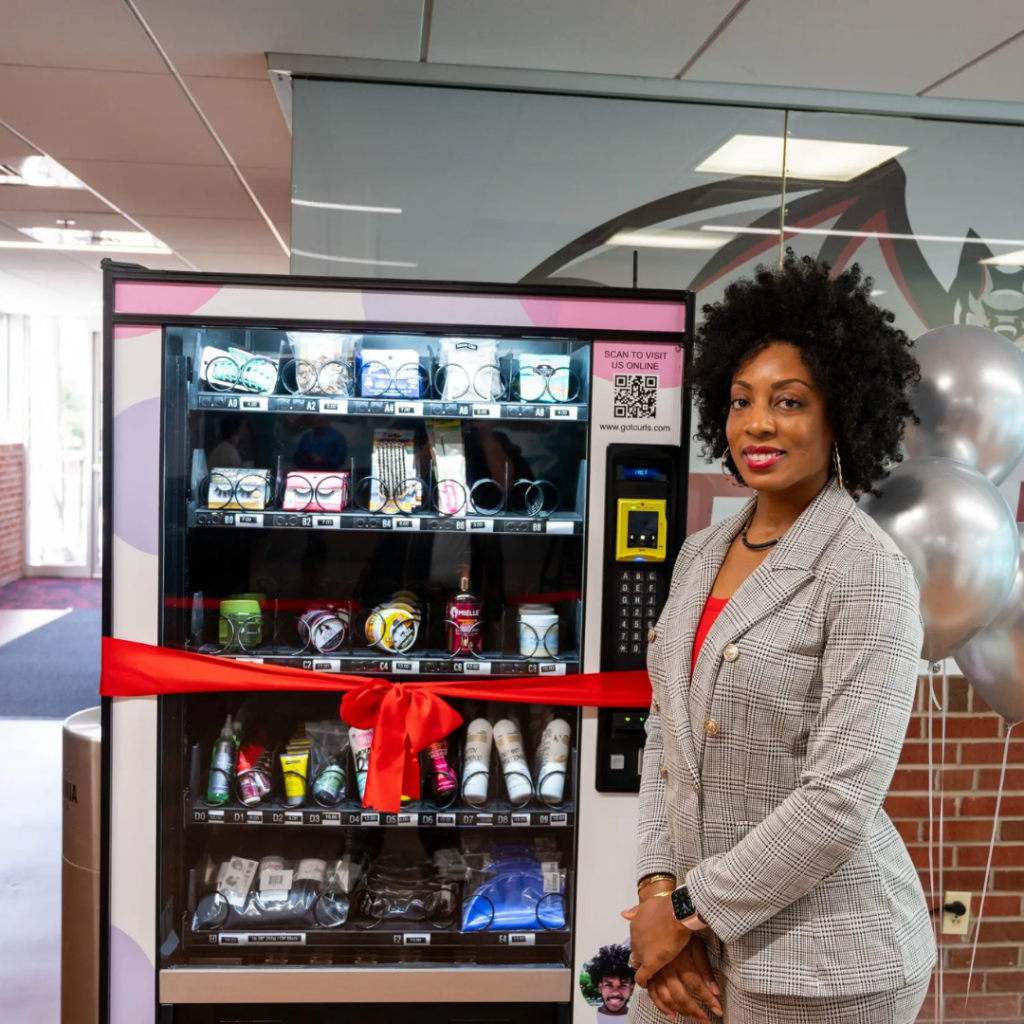7 Key Benefits of Vending Machines in Schools
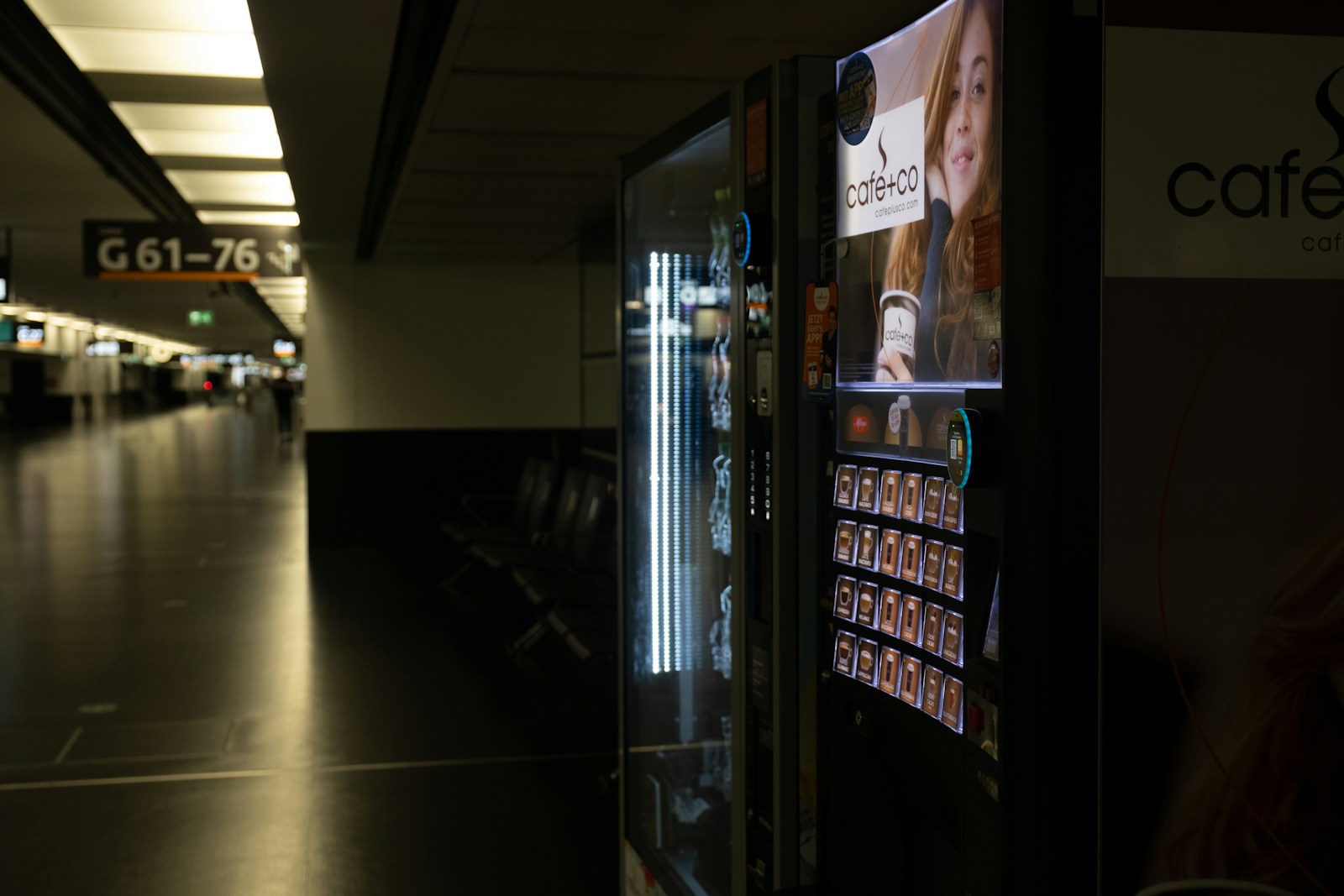
Across the country, vending machines have become a familiar sight in offices, hospitals, gyms, and universities. They offer quick, low-cost access to food and drinks wherever people gather. In recent years, many schools have also adopted vending machines to meet growing demands for convenience and healthy snack options. This change has sparked discussion, yet most evidence now points to clear advantages for both students and school communities.
The benefits of vending machines in schools go beyond satisfying hunger between classes. Modern machines support wellness programs, make nutritious food available all day, and generate additional revenue for schools. When managed responsibly, vending can become a positive part of the learning environment rather than a distraction from it.
With technology-driven features like touchless payments, real-time monitoring, and energy-efficient systems, smart vending machines have reshaped how schools approach food service. They are no longer just about snacks—they’re part of a broader effort to promote student health, convenience, and sustainability.
Are Vending Machines Allowed in Schools?
Vending Machines and School Regulations
Yes, vending machines are allowed in schools across most states. However, they must follow national and local nutrition standards. The U.S. Department of Agriculture (USDA) created the Smart Snacks in School guidelines to regulate what students can buy during the school day.
- Foods must meet limits for calories, sugar, sodium, and fat.
- Approved products include whole grains, fruits, dairy, and protein-rich snacks.
- Sugary drinks and high-fat snacks are restricted during school hours.
Healthy Vending and Compliance
The benefits of vending machines in schools depend on proper compliance. When stocked with approved items, vending machines can improve access to nutritious snacks without undermining wellness goals. Students can enjoy items like granola bars, baked chips, fruit cups, and low-sugar drinks that meet Smart Snack standards.
State and District Policies
While the USDA sets federal standards, each state or district may have extra rules. Some control vending hours, placement near cafeterias, or nutrition labeling requirements. Before installation, schools and operators should review these local policies carefully.
Partnering with specialists in school vending solutions or healthy combination vending machines helps ensure that every setup meets regulations and community expectations. This approach keeps programs transparent and trusted by parents and staff.
Creating Balance Between Convenience and Health
When policies are followed, schools can enjoy both convenience and wellness. Healthy vending supports nutrition education while giving students affordable access to better choices. It proves that smart technology and responsible planning can bring the best benefits of vending machines in schools to every campus.
Key Benefits of Vending Machines in Schools
Convenience for Students and Staff
One of the main benefits of vending machines in schools is convenience. Students and teachers can quickly grab a snack or drink between classes without waiting in cafeteria lines. It saves time and helps maintain focus throughout the day. For staff, vending offers flexibility and easy access to refreshments during busy schedules.
Encouraging Healthier Eating Habits
Modern vending systems play an active role in promoting healthy choices. By following Smart Snack guidelines, schools can stock options that balance taste and nutrition. Items like whole grain bars, baked chips, or low-sugar beverages keep students fueled without relying on junk food. This shift helps schools reinforce wellness programs and teach students about mindful eating.
Consistent Revenue and Low Maintenance
Vending machines also provide schools with a dependable income source. Shared profit models mean administrators earn revenue without heavy management. The money generated can support extracurricular programs, fund classroom resources, or maintain school facilities. With today’s machines requiring little oversight, it’s a simple way to create lasting value.
Smart Operations and Efficiency
Technology has made vending management easier and more accurate. Remote monitoring shows stock levels and sales data in real time, while cashless payments simplify transactions. Operators and schools can use cloud software and payment systems to reduce downtime and improve reliability. These tools ensure that machines stay full, functional, and financially transparent.
Support for After-School Activities
Another benefit of vending machines in schools is extended access. Students involved in clubs, sports, or tutoring often remain on campus after regular hours. Vending machines provide them with convenient, nutritious snacks when cafeterias are closed. This improves participation and reduces the need for students to leave campus for food.
Energy Efficiency and Sustainability
Many new vending machines are designed with energy efficiency in mind. Features like LED lighting, motion sensors, and eco-friendly refrigerants lower electricity use and reduce environmental impact. Schools that invest in modern vending machines support sustainability goals while cutting utility costs.
Improving the Overall Student Experience
When students have access to convenient, affordable, and healthy food options, their satisfaction improves. The presence of vending machines creates a more supportive school environment that values choice, balance, and wellness. This combination of practicality and care reflects the true benefits of vending machines in schools—helping students stay nourished, focused, and ready to learn.
What Do You Put in School Vending Machines?
Balancing Taste, Health, and Compliance
Choosing the right products is key to maintaining the full benefits of vending machines in schools. Every snack or drink should meet the USDA Smart Snacks in School standards, which ensure low sugar, fat, and sodium content. The goal is to provide students with convenient options that taste good while supporting healthy development and focus in the classroom.
Healthy and Popular Product Categories
Modern school vending programs now focus on foods that appeal to students but still align with nutrition guidelines. Granola bars, trail mix, and baked chips remain favorites for their balance of flavor and texture. Fresh fruit cups, yogurt, and wraps keep menus varied and nutritious. On the beverage side, bottled water, low-calorie juices, milk, and smoothies are reliable sellers that meet Smart Snack criteria.
Matching Machine Type to Product Variety
To maintain freshness and quality, schools should select vending machines suited to their product mix. Refrigerated units work best for perishable items, while standard snack or drink machines handle packaged options efficiently. Choosing equipment designed for different product types ensures smooth vending, less waste, and better food safety.
| Machine Type | Best For | Features |
|---|---|---|
| Snack Vending Machines | Packaged snacks such as bars, chips, and trail mix | Simple design, easy restocking, low maintenance |
| Drink Vending Machines | Water, milk, and low-sugar beverages | Temperature control and bottle-friendly shelves |
| Combo Vending Machines | Snacks and drinks in one unit | Ideal for smaller spaces and balanced selections |
| Fridge Vending Machines | Fresh items such as yogurt, salads, and fruit cups | Maintains cooling levels for perishable goods |
| Elevator Vending Machines | Fragile or larger products | Gentle delivery to prevent damage |
Maintaining Variety and Student Engagement
Product rotation helps keep vending options interesting and encourages students to try new items. Schools can survey students periodically to find out which snacks they prefer while keeping within health guidelines. Reviewing our healthy food guide for vending machines can help administrators and operators design balanced menus that appeal to different age groups and dietary needs.
Why Should Schools Have Vending Machines?
Combining Convenience, Health, and Revenue
The benefits of vending machines in schools are both practical and strategic. They make nutritious food available at all times, reduce pressure on cafeteria operations, and provide an ongoing income stream. Schools can easily maintain these systems with minimal oversight, while students enjoy convenient and affordable options throughout the day.
Unlike traditional food programs, vending machines operate around the clock and require no extra staff. The added accessibility supports student focus, helps manage busy schedules, and creates a smoother daily routine. When vending is stocked responsibly, it becomes part of a school’s wellness plan rather than a distraction from it.
Financial Advantages for Schools
Well-managed vending programs can generate meaningful revenue that benefits the entire campus community. Shared profit models give schools a portion of each sale without major upfront costs. The funds collected often go toward educational materials, technology upgrades, sports programs, or student clubs—small contributions that add up over time.
Profit potential depends on foot traffic, product mix, and machine quality. Locations near gyms, cafeterias, and common areas perform best. With smart inventory systems and energy-efficient machines, schools can maximize earnings while keeping operating expenses low. These are among the most overlooked but valuable benefits of vending machines in schools.
Opportunities for Vending Operators
For operators, schools offer reliable, long-term locations with consistent demand. Students, teachers, and visitors create steady sales throughout the week. With predictable schedules and repeat customers, route planning becomes easier and less costly. It’s a partnership that offers stability and strong community visibility for any vending business.
Simple Setup and Support Options
Launching a school vending program is easier than ever. Schools can work with providers that offer flexible financing services to lease or purchase machines with little upfront investment. Operators can use location matching support to identify the best spots for installation. Opting for new vending machines ensures reliability, lower maintenance, and a smoother experience for both users and administrators.
Creating Lasting Impact
Beyond profit and convenience, vending machines support broader educational goals. They help teach students about responsible eating, encourage on-campus safety by reducing off-site food trips, and reinforce health awareness campaigns. When managed correctly, they become part of a school’s identity—practical, modern, and aligned with student well-being.
For these reasons, the benefits of vending machines in schools continue to grow each year. They represent a partnership between health, technology, and sustainability that adds lasting value to education communities.
Conclusion
The benefits of vending machines in schools extend far beyond simple convenience. They support student health, generate steady income, and bring modern efficiency to campus food service. By combining smart technology with nutritious product selections, schools can meet wellness goals while creating a positive and productive learning environment.
Modern vending solutions are reliable, energy-efficient, and designed for today’s education system. They allow schools to operate responsibly, provide healthy options, and make daily life easier for students and staff alike. With proper planning and the right equipment, vending becomes more than a snack source—it becomes a long-term asset that benefits the entire community.
To build a program that balances wellness, technology, and profitability, explore our range of smart vending machines and flexible financing services. The right setup can help your school achieve lasting success while promoting healthier habits for every student.





